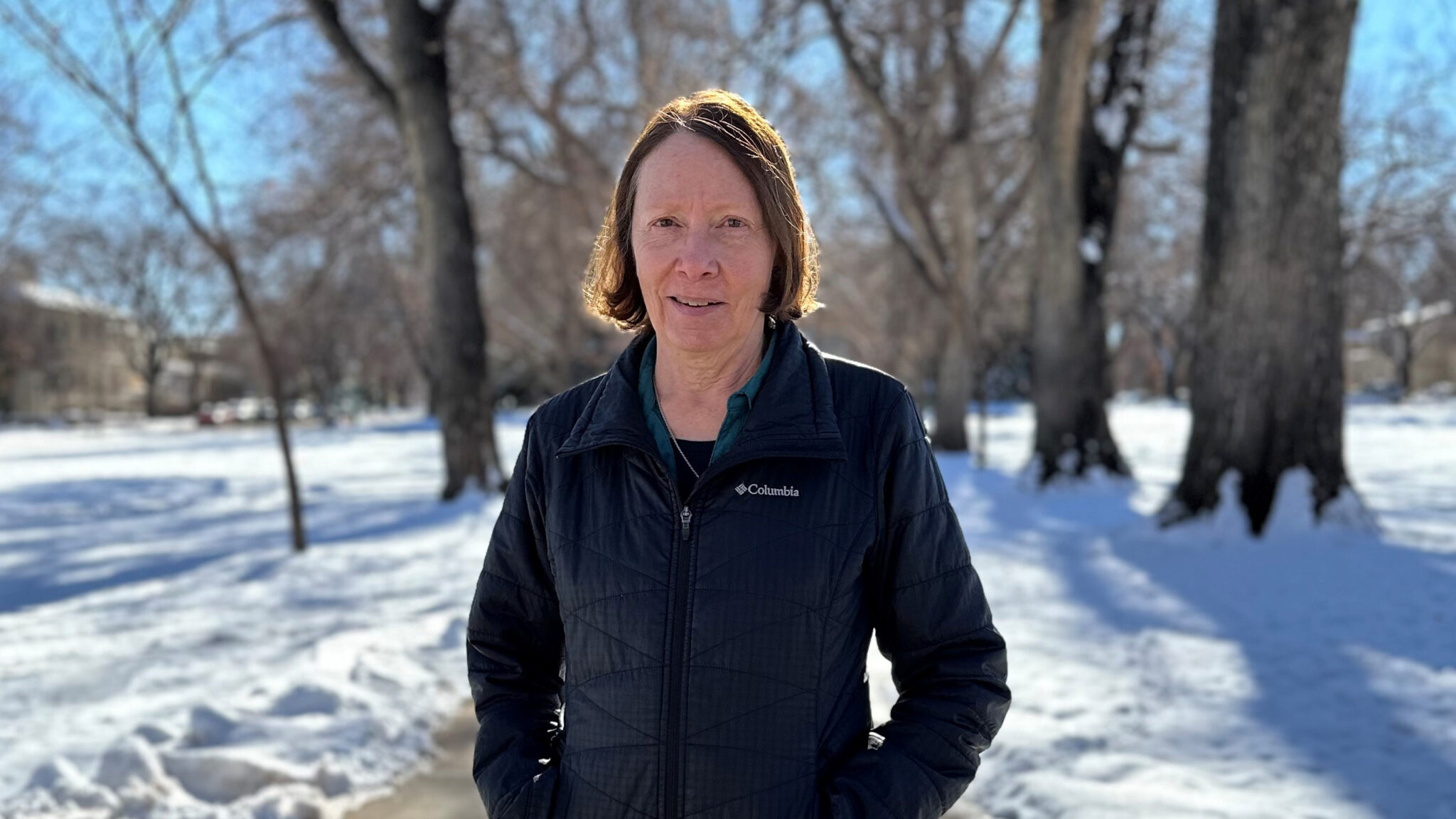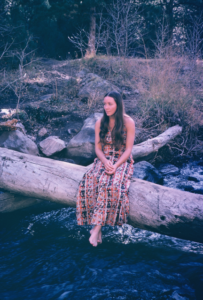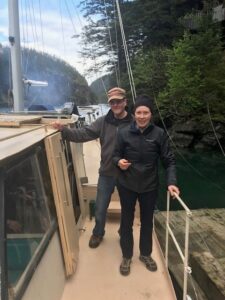
From her days as a Girl Scout in Lakewood, Colorado, to her pioneering work as an Occupational Therapist and community advocate across the vast expanse of Alaska, Gail (Keys) Strid (B.S., ’75) has had an expansive reach in supporting equitable experiences for people of all ages and abilities. A recent reconnection to CSU through a Ram Meet Up event in Anchorage and subsequent return to campus – her first in almost 50 years – sparked memories and hopes for the future.
Strid’s perspective on community and ability was first shaped by her Girl Scout volunteer work. She enjoyed connecting with people with differing abilities. These experiences set Strid on a path to study Occupational Therapy at Colorado State University and ignited her interest in promoting full participation.
Broad educational foundation

When Strid attended CSU, Occupational Therapy was offered as a 4-year bachelor’s program. “My education at CSU taught me to be flexible and to not be afraid to try things that were new to me,” explained Strid. She recalled that her senior year was split into three distinct sections. The first section was on campus and was focused on OT methods and observations. The second section was split between coursework and hands-on patient care in Denver at two different hospitals. The final section was a three-month clinical affiliation. Following graduation, Strid completed two additional three-month clinical affiliations to meet the graduation requirements.
Strid spent her first affiliation in a psychiatry setting in Tucson, Arizona, at a program for recent discharges from the state’s mental health hospital. When she showed up at her second affiliation, a rehab center in Minneapolis, the center thought she was a patient checking in due to her wearing a cast after breaking her foot (playing volleyball with her Tucson patients). Her final affiliation was at the University of Iowa Children’s Hospital School.
‘How fast can you get here?’
Following her three affiliations, Strid moved back to Colorado to study for her national OT registration exam, as at this time no states had licensure requirements. After passing the registration exam, Strid had a phone interview with a skilled nursing and rehabilitation facility in Anchorage, Alaska. “The interviewer asked two questions,” Strid recalled. “They were: ‘What is your name?’ and ‘How fast can you get here?’” She had been to Anchorage before – as an adolescent. Her family accompanied her father for two summers, as he researched the aftermath of the 1965 earthquake. She fell in love with the wide-open spaces and the adventures to be had there. This time Strid was not going to visit but to be the tenth practicing occupational therapist in the massive expanse of a state.
“It turned out to be the best job I ever had,” recalled Strid. “I learned an incredible amount and I was able to work fairly independently. My patients were very diverse as Alaska is home to many different cultures.” Also, the state was required to have 10 OTs to form a state association. She was promptly recruited as an officer and its second president.
Developing devices and pioneering programs
In her second year in practice, Strid won a competition at the National OT Conference for the best rehabilitation device. She designed a new type of clamp that allowed hemiplegics, people who have paralysis on one side of their body, to don a short leg brace using just one hand. Her interest in adaptive equipment has continued throughout her career. Strid developed a program for modifying and building adaptive equipment and held community seminars about the importance of adaptive equipment.
Strid changed roles and was soon working at a rehab facility with a large outpatient caseload. In this new role, Strid provided contract and consulting services all over the state of Alaska. These services ranged from infant evaluations in remote villages to home health, acute care, school-based OT, and more. This position demanded a lot of travel and eventually led to Strid starting her own OT consulting business, where she did contract work with home health agencies.
In addition to her professional enterprises, Strid was always an active volunteer in her community. She worked for 15 years as a volunteer OT clinician for the Muscular Dystrophy Association. She also held disability awareness programs in her community, led customized museum tours for those with diverse needs, and took kids with a variety of physical disabilities camping and skiing.
Care in diverse settings
As one of only a dozen or so occupational therapists in the 663,268 square-mile state of Alaska – over six times the size of Colorado – Strid had to be prepared to provide care for anyone, with any needs, in any setting.
“I became an OT generalist, as did many of the people I worked with,” said Strid. “In one day, I could fly out and conduct an arthritis clinic through a native interpreter in the morning, evaluate newborn to three-year-olds in the afternoon, and consult on a head injury in the evening.”
Through this experience, Strid learned that one size does not fit all. Each appointment brought new locations and new clients with varying cultural, physical, and financial needs. While there was undoubtedly a lot of learning on the job, Strid still felt prepared and was ready for new challenges.
Leadership through passion

Strid has been a true pioneer in the field of occupational therapy in Alaska. She was the first OT working in many programs, either as a contractor or employee. These positions included school districts, acute care (including hand rehab, burns, NICU, pediatric and adult rehab), long-term care, and private practice.
Strid continues her passion for the field and its missions with her continued support of community programs and the CSU OT program.
“The main reason I am interested in the future of OT programs, especially the OT Program at CSU, is because I want new therapists to be adept at working in non-traditional roles and settings, and to be able to develop new programs and methods that help serve diverse populations,” explained Strid. “I firmly believe that using OT skills in the community is the best way to expand our circle of support.”
Strid and her husband Gene still live in Anchorage. They have two adult children, a daughter, Kyla, and a son, Carl. Like her mother, Kyla participated in the Girl Scouts until adulthood, with Strid serving as the troop leader. True to her own childhood and Occupational Therapy roots, Strid helped launch a Girl Scout program aligned with honoring and supporting people of all abilities, presenting it in various towns around the state.
The Department of Occupational Therapy is a part of CSU’s College of Health and Human Sciences.